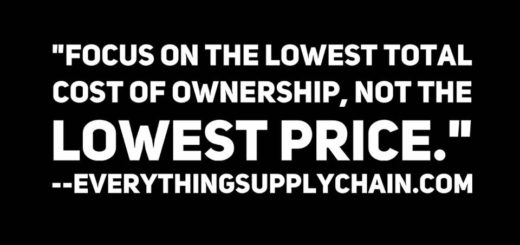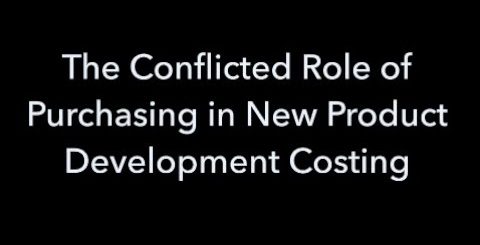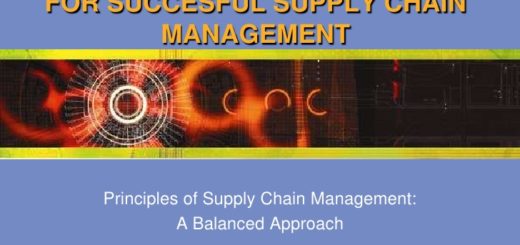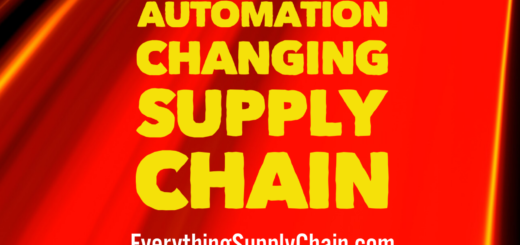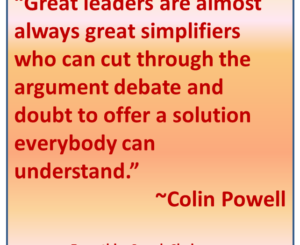MIT 16.660 Introduction to Lean Six Sigma Methods. Hour video.
Introduction to Lean Six Sigma Methods
Lean Six Sigma is a methodology that combines two approaches, Lean and Six Sigma, to improve the efficiency and effectiveness of business processes.
Lean is a philosophy that focuses on eliminating waste and maximizing value in a process. This is achieved by identifying and removing non-value added activities, also known as “waste” and streamlining the process to make it as efficient as possible. Lean methods include techniques such as Value Stream Mapping, 5S, and Kanban.
Six Sigma is a methodology that focuses on reducing defects and variability in a process. This is achieved by using data and statistical analysis to identify and solve problems, and by implementing controls to ensure that the process remains stable and predictable. Six Sigma methods include DMAIC (Define, Measure, Analyze, Improve, Control) and DMADV (Define, Measure, Analyze, Design, Verify)
When combined, Lean and Six Sigma methods provide a powerful toolset for improving a wide range of business processes. The Lean approach is used to eliminate waste and make the process as efficient as possible, while the Six Sigma approach is used to reduce defects and variability, ensuring that the process is stable and predictable.
The Lean Six Sigma methodology is often used in manufacturing, healthcare, service industries and many other sectors. The approach can be applied to any process within an organization, from a simple administrative task to a complex manufacturing process.
Lean Six Sigma is a highly data-driven approach, and it typically involves the use of statistical tools and techniques to analyze data, identify problems, and make decisions. This makes it an effective approach for organizations that are looking to improve the efficiency and effectiveness of their processes, while also reducing costs and improving customer satisfaction.
In summary, Lean Six Sigma is a methodology that combines Lean and Six Sigma approaches to improve the efficiency and effectiveness of business processes. It’s a data-driven approach that uses statistical tools and techniques to identify and solve problems, reduce defects and variability, and ensure that the process remains stable and predictable. It’s widely used in many industries and can be applied to any type of process within an organization.
Hour long video from MIT. Great educational information. Continuous Improvement
Six Sigma, Process Improvement and Lean Blogs
- 5s Office to 5s Manufacturing. Lean Production System.
- Dr. Deming Quotes – Continuous Improvement
- Great Collection of Quotes about the Toyota Production System
- How Toyota Changed Manufacturing – Lean Thinking
- Intro to Lean: What are the 7 Wastes of Lean?
- Introduction to Lean Manufacturing.
- JIT Toyota: The Smartest Production System in The World
- Kanban explained in 60 seconds.
- Lean Kaizen DMAIC Six Sigma.
- Lean Manufacturing – Lean Factory Tour.
- Lean Six Sigma In 8 Minutes
- Mapping a Value Stream to a Kanban Board.
- Process Improvement: Six Sigma & Kaizen Methodologies.
- Rooting Out Waste in Health Care by Taking Cue From Toyota.
- Six Sigma In Plain English
- The Toyota Way To Lean Leadership – Keynote talk by Jeffrey Liker. 60 min video.
- Toyota Kaizen
- What is Continuous Improvement? With Resources.
- What is Six Sigma? – FUN VERSION. From “That 70s Show”
Lean and Continuous Improvement Quotes
- “I say an hour lost at a bottleneck is an hour out of the entire system. I say an hour saved at a non-bottleneck is worthless. Bottlenecks govern both throughput and inventory.” ~Eliyahu M. Goldratt, The Goal
- “Out of clutter, find simplicity. From discord, find harmony. In the middle of difficulty lies opportunity.” ~Albert Einstein
- “The key to the Toyota Way and what makes Toyota stand out is not any of the individual elements…But what is important is having all the elements together as a system. It must be practiced every day in a very consistent manner, not in spurts.” ~Taiichi Ohno
- “It is impossible to improve any process until it is standardized. If the process is shifting from here to there, then any improvement will just be one more variation that is occasionally used and mostly ignored. One must standardize, and thus stabilize the process, before continuous improvement can be made.” ~Masaaki Imai
- “All we are doing is looking at the time line, from the moment the customer gives us an order to the point when we collect the cash. And we are reducing the time line by reducing the non-value adding wastes.” ~Taiichi Ohno, father of Toyota Production System (TPS)

